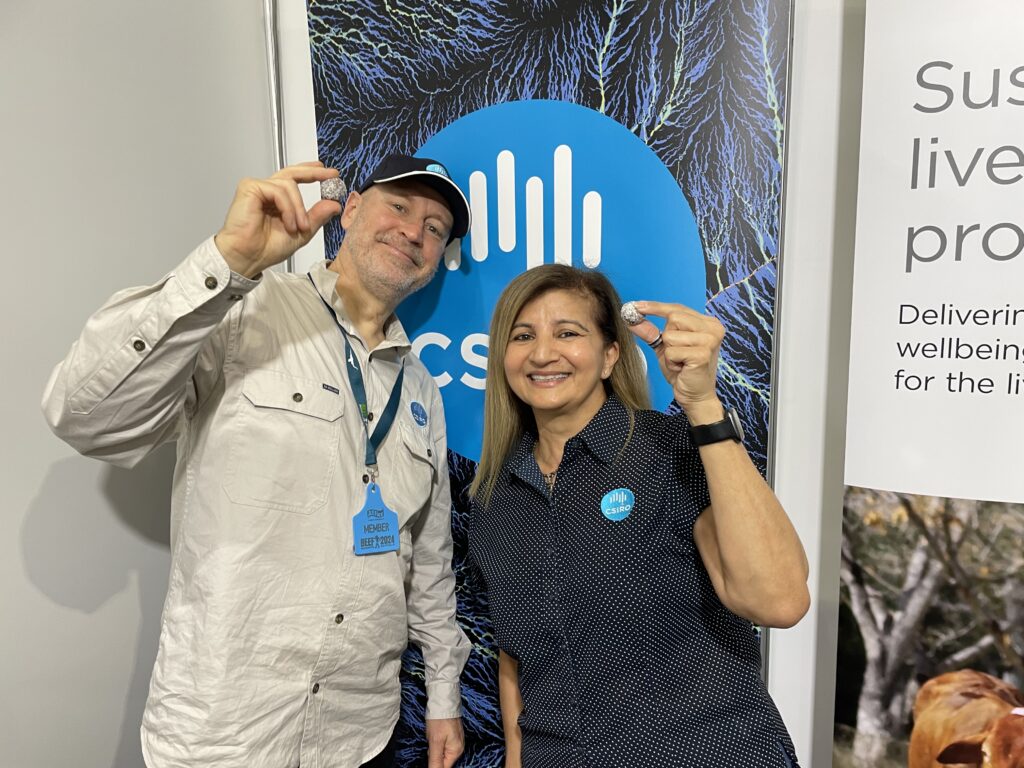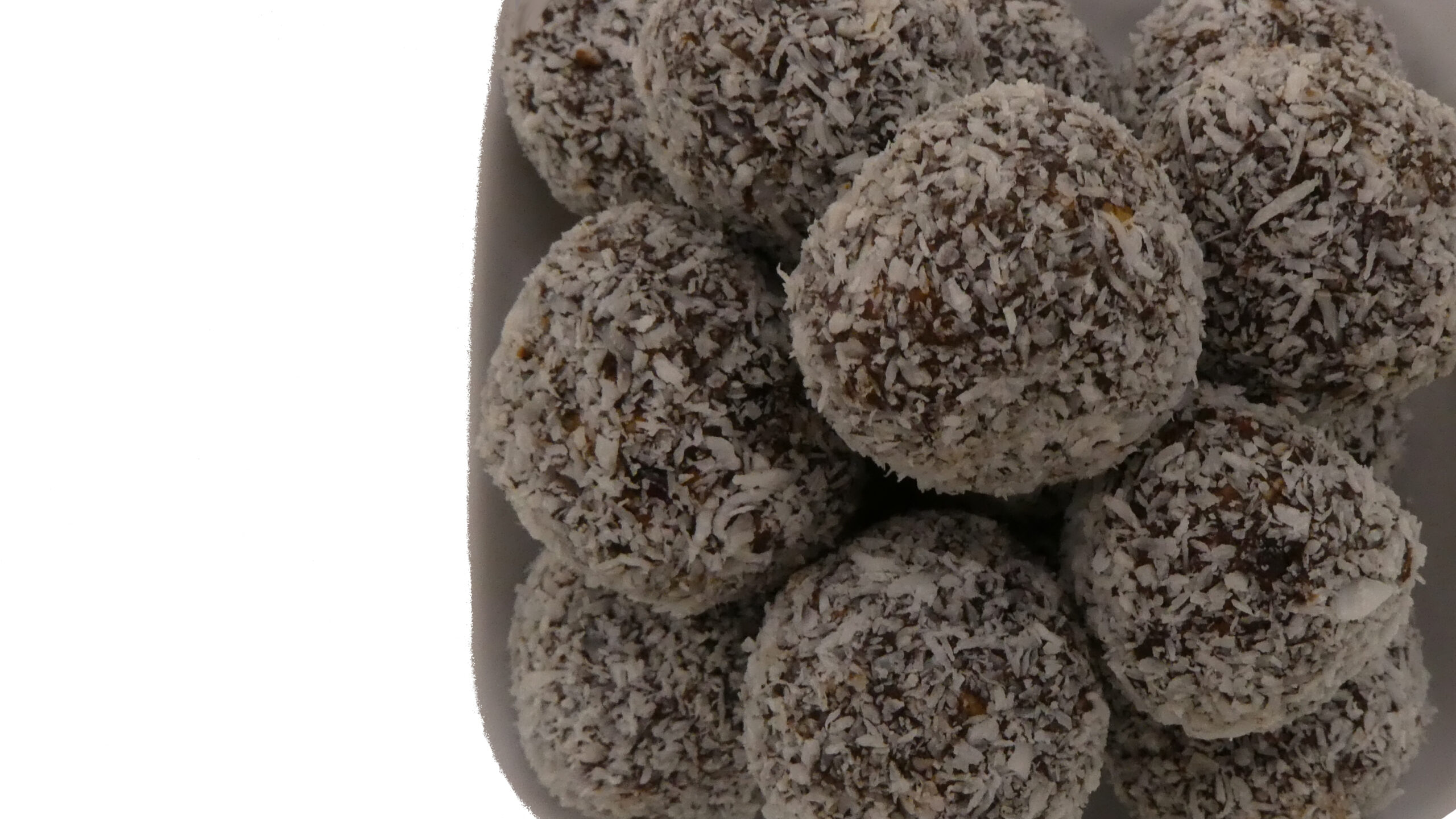A protein powder made of 100% beef has been unveiled by CSIRO.
The supplement, named “Just Meat,” was developed as part of their Future Protein Mission, which addresses the challenge of feeding the world’s growing population.
Just Meat is made by adding enzymes to red meat, to hydrolyse the proteins, or break them into smaller constituent parts. The proteins are then separated and dried.
Animal Protein lead researcher Dr Aarti Tobin describes the taste of Just Meat as a “mild, brothy sort of flavour.” She says the powder is versatile, allergen free, and can be added to food and drinks to provide a protein boost.
“It dries into this really nice white powder. It’s highly soluble, it’s about 80% protein, and it’s nutritionally dense.”

Here at Particle, we trust that the CSIRO will only be applying this process to beef.
MEATING GLOBAL DEMAND
Given that demand for alternative sources of protein is increasing, and the resource intensive beef industry is predicted to fall short of its 2030 goal for carbon neutrality, it may be surprising that CSIRO’s outlook includes red meat.
However, the agency’s 2022 Protein Roadmap report outlines that we will need to draw on diverse sources of protein if we are to feed an extra 2 billion people by 2050.

CSIRO’s Dr Doug Hilton and Dr Aarti Tobin tasting Just Meat in a protein ball.
Part of this strategy includes increasing the efficiency of beef farming.
Although at present, Just Meat has only been produced from the same meat that would be made into burgers, Aarti says it will be possible to use a greater percentage of the carcass in the powder.
“Only 40% of the animal is the meat component. The other 60% is your bones, hides, and other things. We want to maximise the value in that other 60%.
“We’re looking at bringing protein that could potentially go into lower value products… into the human food chain.”
THIS LITTLE POWDER GOES TO MARKET
While the Future Protein Mission is aiming to feed the world, it’s also a chance for Australian industry to capitalise on a $13 billion market opportunity for new sources of protein.
Just Meat fits the bill because, as Aarti says, “it can bring the nutrition of meat into a space where meat doesn’t exist”.
In Australia, this could be in sports nutrition, or aged care, where the daily protein needs of many residents are not being met.
For export, Just Meat could play a role in disaster relief. “It has a long shelf life, and it’s stable at room temperature,” says Aarti, describing the benefit of powdered protein over fresh meat where refrigeration is not available.
HAVE A COW, MAN
Plans are in motion to bring Just Meat to grocery stores soon, as CSIRO seeks partnerships with meat suppliers, and companies to include the powder in their products.
Aarti says “At the moment we’re producing a few kilos in our pilot plant… We’re already in conversation to take it to the next level.”








